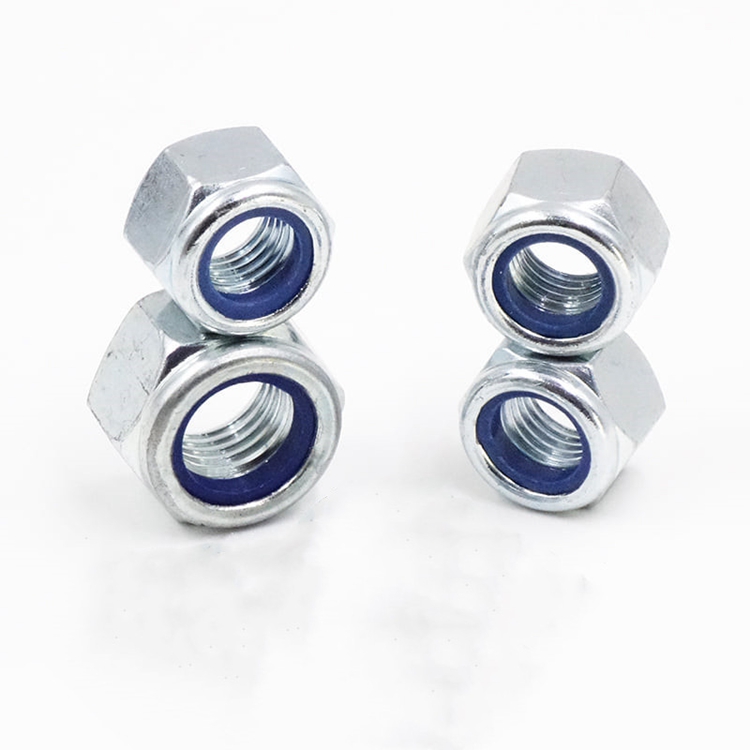Understanding Recessed Screws and Their Applications in Construction and Repair
Nov . 10, 2024 12:59 Back to list
Understanding Recessed Screws and Their Applications in Construction and Repair
Understanding Recessed Screws Design, Applications, and Benefits
Recessed screws, also known as countersunk screws, are an essential component in various industries, including construction, automotive, furniture manufacturing, and electronics. Designed to sit flush or below the surface of the material into which they are inserted, recessed screws offer both aesthetic and functional advantages. This article explores the design features, applications, and benefits of recessed screws, providing insights into their importance in modern engineering and manufacturing.
Design Features
Recessed screws are characterized by their unique head shapes and drive designs. The most common types of recessed drives include Phillips, slotted, Torx, and square (Robertson). Each of these designs serves to optimize the grip between the screw and the tool, allowing for efficient torque application without stripping.
1. Head Shapes The head of a recessed screw can be flat, oval, or round, depending on the applications. Flat heads are ideal for applications requiring a flush finish, while oval heads provide a slightly domed surface that can enhance the visual appeal of the finished product.
2. Material Recessed screws are available in various materials, including stainless steel, carbon steel, and brass. Stainless steel screws are particularly popular in outdoor applications due to their corrosion resistance, while brass screws are typically chosen for decorative purposes.
3. Coating To further enhance their properties, recessed screws may undergo various coating processes, such as zinc plating or black oxide treatment, providing additional protection against rust and wear.
Applications
Recessed screws find a wide range of applications across several sectors
1. Furniture Manufacturing In the production of furniture, recessed screws allow for hidden fastenings, creating sleek designs without bulky hardware. This not only improves the aesthetic but also enhances safety by reducing sharp edges.
2. Construction In the construction industry, recessed screws are extensively used to join materials such as wood, metal, and drywall. Their ability to sit flush makes them ideal for applications where surface smoothness is critical.
recessed screws

3. Electronics In electronic devices, recessed screws are essential for assembling components securely while ensuring easy access for maintenance. Their design helps prevent accidental damage while handling sensitive parts.
4. Automotive Industry Recessed screws are commonly used in the automotive sector for assembling panels and components inside vehicles. Their flush finish contributes to a cleaner appearance and reduces the risk of snagging.
Benefits
The use of recessed screws provides several advantages that make them a preferred choice in many applications
1. Enhanced Aesthetics By allowing the screw head to sit below the surface level, recessed screws promote a cleaner look. This is particularly important in consumer-facing products, where visual appeal is a significant selling point.
2. Improved Safety The flush design of recessed screws reduces the likelihood of snagging or injury, making them a safer choice in environments where users may come into contact with the surfaces.
3. Greater Holding Power Recessed screws generally offer better holding power compared to other screw types. Their design allows for an increased surface area for the thread, providing a stronger grip on the material.
4. Ease of Installation Many recessed screw drives, particularly Torx and Phillips, allow for higher torque application, making installation faster and reducing the risk of slippage that can lead to stripped heads.
5. Versatility Available in numerous sizes, shapes, and materials, recessed screws can be adapted for various applications, making them a versatile option in manufacturing and construction processes.
Conclusion
Recessed screws play a vital role in various industries, providing a combination of aesthetic appeal, safety, and performance. With their diverse applications and benefits, they remain a go-to solution for engineers, designers, and manufacturers seeking reliable fastening options. As technology continues to advance, recessed screws are likely to evolve, meeting the demands of new materials and applications while maintaining their essential role in product design and assembly.
Latest news
-
High-Quality Panel Stud Bolt Reliable Panel Stud Bolt Factory & Suppliers
NewsJul.08,2025
-
High-Precision Fine Thread Locknuts Manufacturer & Supplier Custom Solutions
NewsJul.08,2025
-
PH Imperial Stud Bolt – High Strength Fasteners from Leading Supplier & Factory
NewsJul.07,2025
-
High-Quality Allen Wrench Bolts Leading Factory, Company & Suppliers
NewsJul.07,2025
-
Wholesale Ball Stud Bolt - High Quality Supplier & Factory Price Reliable Wholesale Ball Stud Bolt Company
NewsJul.06,2025
-
High-Strength Alloy Bolts Manufacturer & Supplier Quality Alloy Fasteners Factory
NewsJul.06,2025
